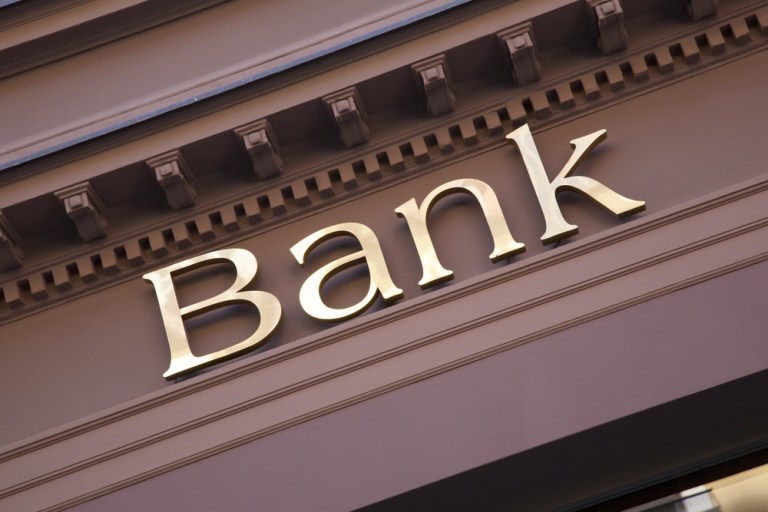
A new survey revealed that the percentage of unbanked Americans fell to the lowest level since the 2007-2009 financial crisis.
Data from the Federal Deposit Insurance Corporation (FDIC) shows that in 2017, 6.5 percent of 129.3 million U.S. households were considered “unbanked,” meaning they don’t have a checking or savings account.
That rate, which represents about 8.4 million U.S. households, is half a percentage point lower than when the survey was last conducted in 2015, and the lowest level recorded since the survey began in 2009. Financial inclusion is on the rise, as evidenced by these banking statistics.
“This decline can be attributed almost entirely to improvements in the economic circumstances of U.S. households,” according to the study.
While 34 percent of consumers without bank accounts said their main reason was they did not have enough money to keep in a bank account, 12.6 percent said their lack of accounts was due to a distrust of banks, and 8.6 percent said the fees were too high. These “financial invisibles” are profiled in a recent PYMNTS report.
In addition, 18.7 percent of U.S. households were underbanked in 2017, meaning that the household had an account at an insured institution but also obtained financial products or services outside of the banking system. Approximately 24.2 million U.S. households, composed of 48.9 million adults and 15.4 million children, were underbanked in 2017.
And more Americans are using mobile banking, with that number rising from 23.2 percent in 2013 to 31.9 percent in 2015 and 40.4 percent in 2017.
“More than two in five of these underbanked households already use mobile banking to access their accounts. But only a quarter use a bank’s mobile website or mobile app to pay bills, and only about one in eight use a bank’s mobile website or mobile app to send money to other people. Using mobile bill pay or mobile person-to-person payments instead of cash or nonbank money orders increases safety and convenience, deepens the connection between households and their banks, and increases the opportunity for households to derive value from the banking relationship,” the study explained.